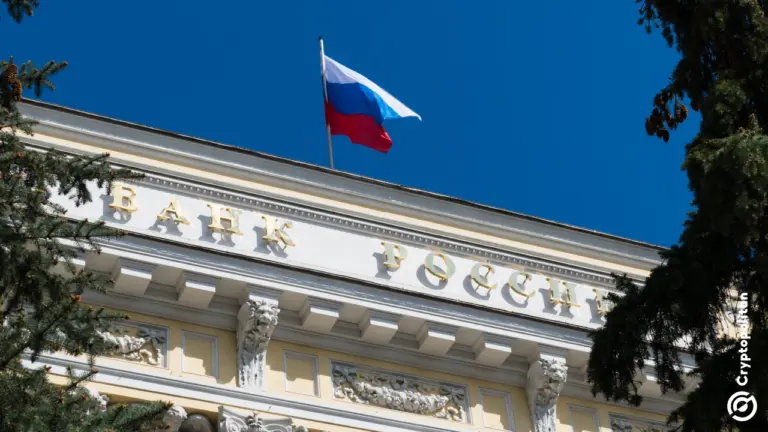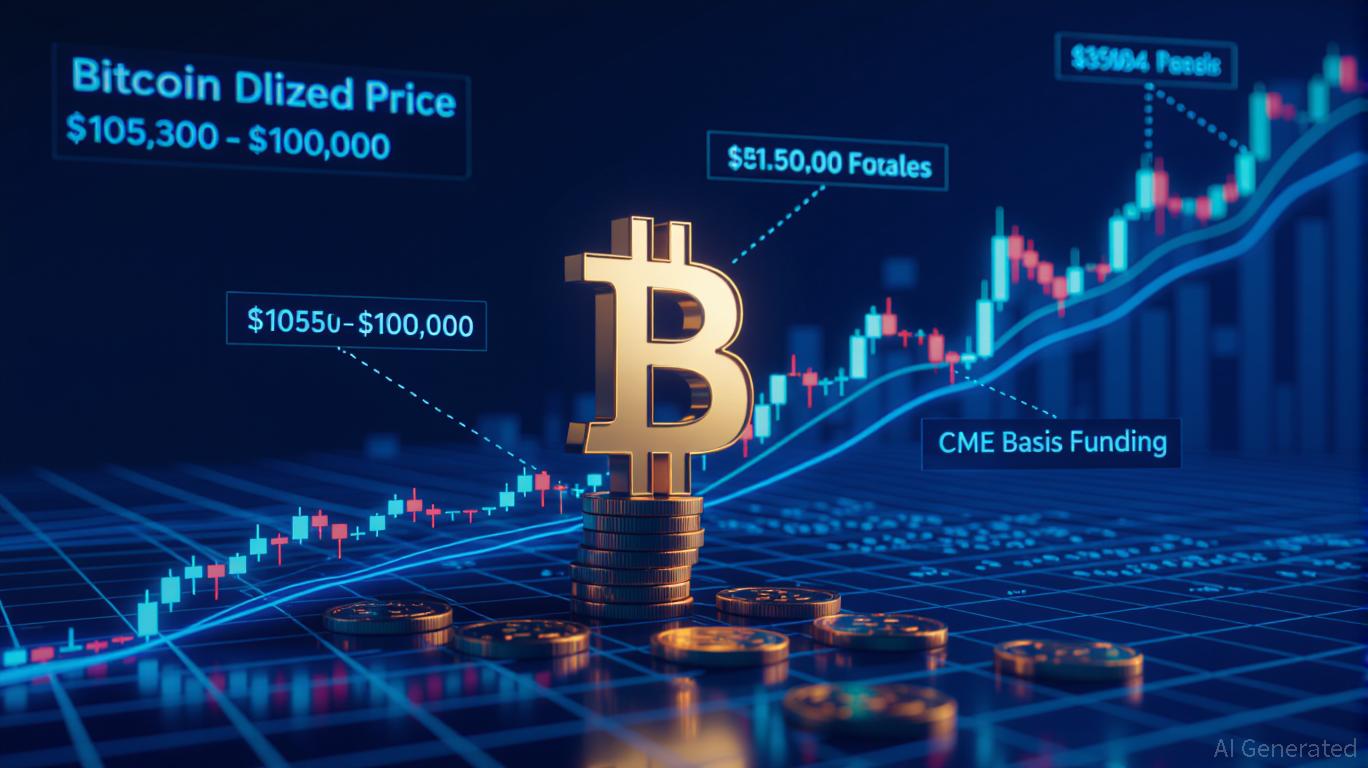News
Stay up to date on the latest crypto trends with our expert, in-depth coverage.
Share link:In this post: Defense companies and start-ups are competing for new multibillion-dollar government spending on underwater defense. Major firms are now investing in AI-driven autonomous submarines, underwater drones, and seabed sensor networks. NATO’s Digital Ocean Vision and national projects like the UK’s Project Cabot are driving demand for resilient, real-time data systems to counter growing undersea threats.

Share link:In this post: Bank of Russia prepares stricter rules for crypto operations. Russia’s main financial regulator has informed banks about its plans. The central bank claims it wants to reduce risks for Russian banks and their clients.

Share link:In this post: The S&P 500 rose 0.41% on Tuesday despite Trump firing Fed Governor Lisa Cook. Long-term Treasury yields climbed while the U.S. dollar dropped 0.2% after the Fed shakeup. Hedge funds heavily shorted the VIX, repeating risky bets seen before past volatility spikes.

On August 30, 2025, PandoFinance, Longling Capital, and MetaEra will jointly host the "Pando Web3 Future Night" at Choi’s Building in Hong Kong. The event will focus on the future of digital finance, with discussions centering on AI investment, asset tokenization, DeFi infrastructure, and stablecoin regulation. It will bring together industry leaders and investors to promote cooperation and innovation in the Web3 ecosystem. Summary generated by Mars AI This summary was generated by the Mars AI model, and the accuracy and completeness of its content are still being iteratively improved.

- IBM and AMD's 2025 collaboration merges quantum computing with HPC/AI to create hybrid systems solving complex problems. - The partnership integrates IBM's quantum processors with AMD's EPYC/Instinct hardware, enabling real-time error correction and molecular simulations. - Open-source tools like Qiskit and AMD's HPC leadership position both companies as critical infrastructure providers for quantum-centric computing. - The 2025 demonstration of quantum-classical workflows aims to validate hybrid systems

- Klarna, a leading buy-now-pay-later (BNPL) firm, prepares for a $13–14B U.S. IPO (KLAR), capitalizing on structural economic shifts like falling rates, stagnant wages, and inflation. - The BNPL sector thrives by enabling consumers to stretch budgets without immediate liquidity, with Klarna’s U.S. GMV growing 37% YoY amid a debt-driven economy. - Klarna’s strategic advantages include a 790,000-merchant network, diversified $26B Nelnet/Santander funding, and low credit provisions (0.56% of GMV), outpacing

- Bitcoin's August 2025 price swings reflect institutional resilience amid macroeconomic tailwinds and structural adoption. - Strong institutional demand, ETF inflows ($219M weekly), and mining infrastructure growth (902 EH/s hashrate) reinforce bullish fundamentals. - On-chain metrics show long-term holders (92% in profit) dominating, with $105K-$107K acting as critical support amid weak short-term holder capitulation. - Strategic entry points ($100K-$105K floor, $111K-$113K DCA range) leverage low volati

With all the profits taken by insiders and bots, there are no longer any “ordinary” winners in the celebrity token game.

- MP Materials halted U.S. rare earth exports to China in 2025, triggering price surges and accelerating global supply chain diversification efforts. - U.S. government supports domestic producers with $400M investments and $110/kg price guarantees, aligning with Inflation Reduction Act and DPA funding. - Australia, Saudi Arabia, and Greenland emerge as key non-China suppliers, with projects securing 2M+ tons of rare earth reserves and end-to-end processing facilities. - Downstream magnet makers like Vulcan

- Q3 2025 crypto market shows investor shift toward utility-driven altcoins like Arctic Pablo Coin (APC) over stagnant meme coins like PEPE. - PEPE's lack of governance, utility, and deflationary mechanisms contrasts with APC's structured tokenomics, presale growth, and DEX/CEX listing plans. - APC's "expedition" narrative, 200% bonus code, and 769.565% ROI projections highlight meme coins evolving beyond pure speculation toward value creation. - Investor psychology now prioritizes deflationary supply, com
- 02:10Analyst: A suspicious cluster of addresses holding over 4.36 million HYPE has been identified, possibly funded by TornadoCashAccording to ChainCatcher, on-chain analyst MLM disclosed on the X platform that a suspicious cluster of addresses was discovered on Hyperliquid, collectively holding about 4,363,073 HYPE (valued at $158.2 millions), making this address cluster one of the top 10 holders. The cluster involves 47 newly created wallets, all of which may have been directly funded by TornadoCash, with a total of 10,200 ETH involved. These wallets swapped for HYPE at an average price of $8.8. Analysis shows that all wallets were funded by TornadoCash between October 19, 2020, 06:15:14 and August 27, 2021, 06:19:53. After more than three years of dormancy, this address cluster became active on the second day after the HYPE TGE (November 30, 2024, 11:01:11), and purchased HYPE within the following 48 hours. The current unrealized profit has exceeded $120 millions.
- 02:02Opinion: The structural bull market remains intact, with three major positive factors driving the next rallyAccording to ChainCatcher, citing CoinDesk, Galaxy Digital Head of Research Alex Thorn believes that the current structural bull market remains intact for both cryptocurrencies and the stock market. He pointed out that the three driving forces for the next phase of growth are artificial intelligence capital expenditure, stablecoins, and tokenization. The first is artificial intelligence capital expenditure. Thorn defines the current wave as a cycle of real economy capital expenditure led by well-funded existing enterprises (hyperscale companies, chip manufacturers, and data center operators), reinforced by strong policy support from the United States, rather than a mere speculative replay of the internet bubble. He believes that corporate budgets and government stances indicate there is still a long way to go in the future. The second is stablecoins. As payment channels improve, participation increases, liquidity strengthens, and more activities are anchored on public blockchains, dollar-pegged tokens will continue to attract attention. Even during periods of price volatility, these can support the ecosystem. The third is tokenization. Thorn stated that the migration of real-world assets and parts of traditional market infrastructure onto the blockchain is shifting from pilot projects to implementation, creating new demand for block space as well as for the core assets used to secure, route, and settle these activities. He noted that this transition benefits platforms linked to such liquidity. Against this backdrop, despite ongoing doubts about the prudence of fiscal and monetary policy, Thorn remains optimistic about bitcoin's status as "digital gold." He also believes that major currencies such as ETH and SOL, which are associated with stablecoin usage and tokenization, will face favorable conditions, even if short-term rebounds may fall below previous highs.
- 02:02Data: Tether and Circle have cumulatively issued an additional 6 billion USD in stablecoinsAccording to ChainCatcher, citing Lookonchain statistics, after Tether Treasury minted an additional 1 billion USDT on the Ethereum chain this morning, since the flash crash on October 11, Tether and Circle have cumulatively minted 6 billion USD worth of stablecoins.